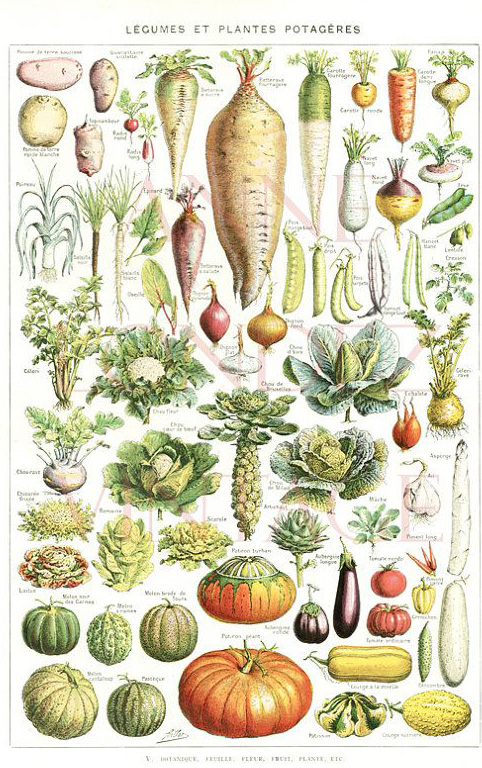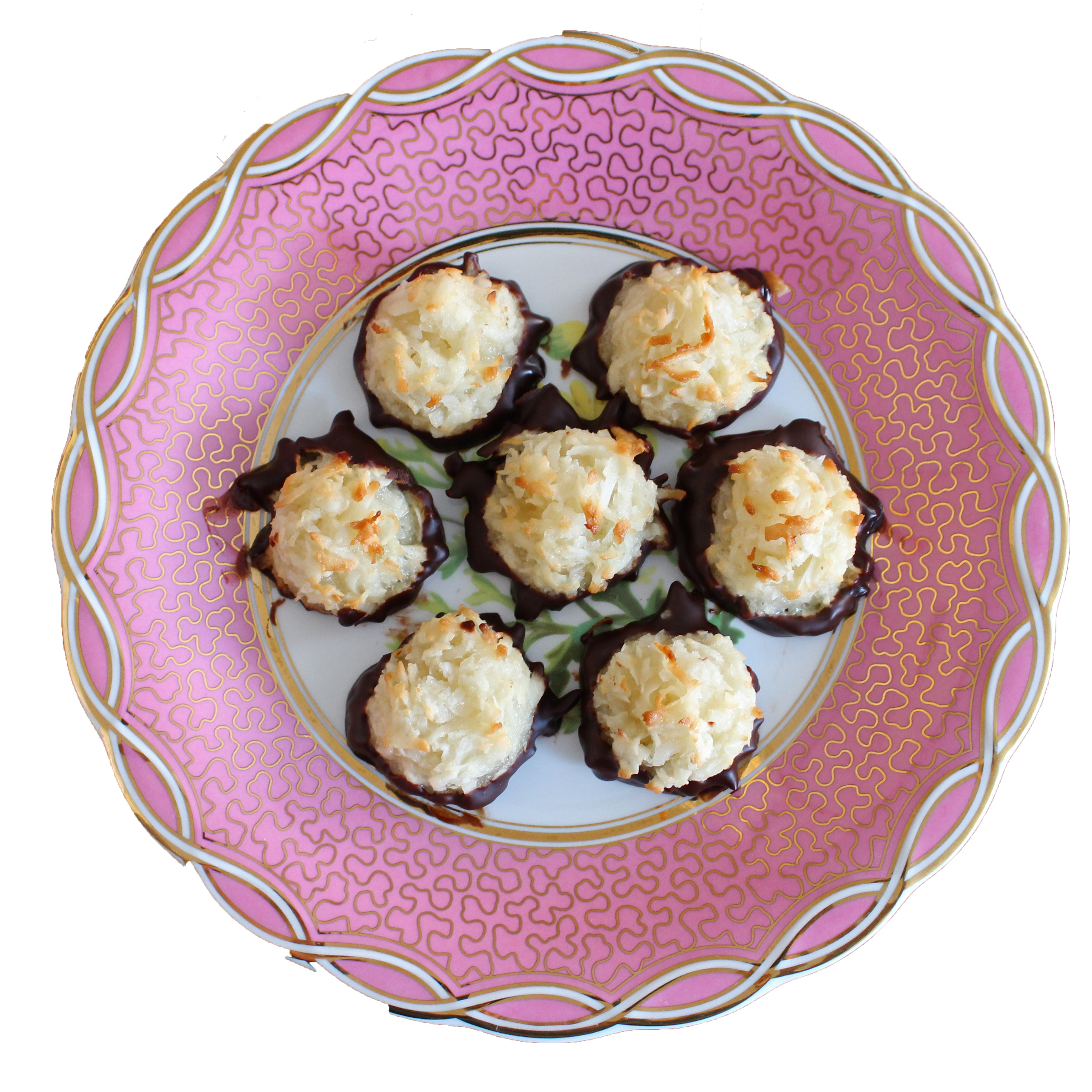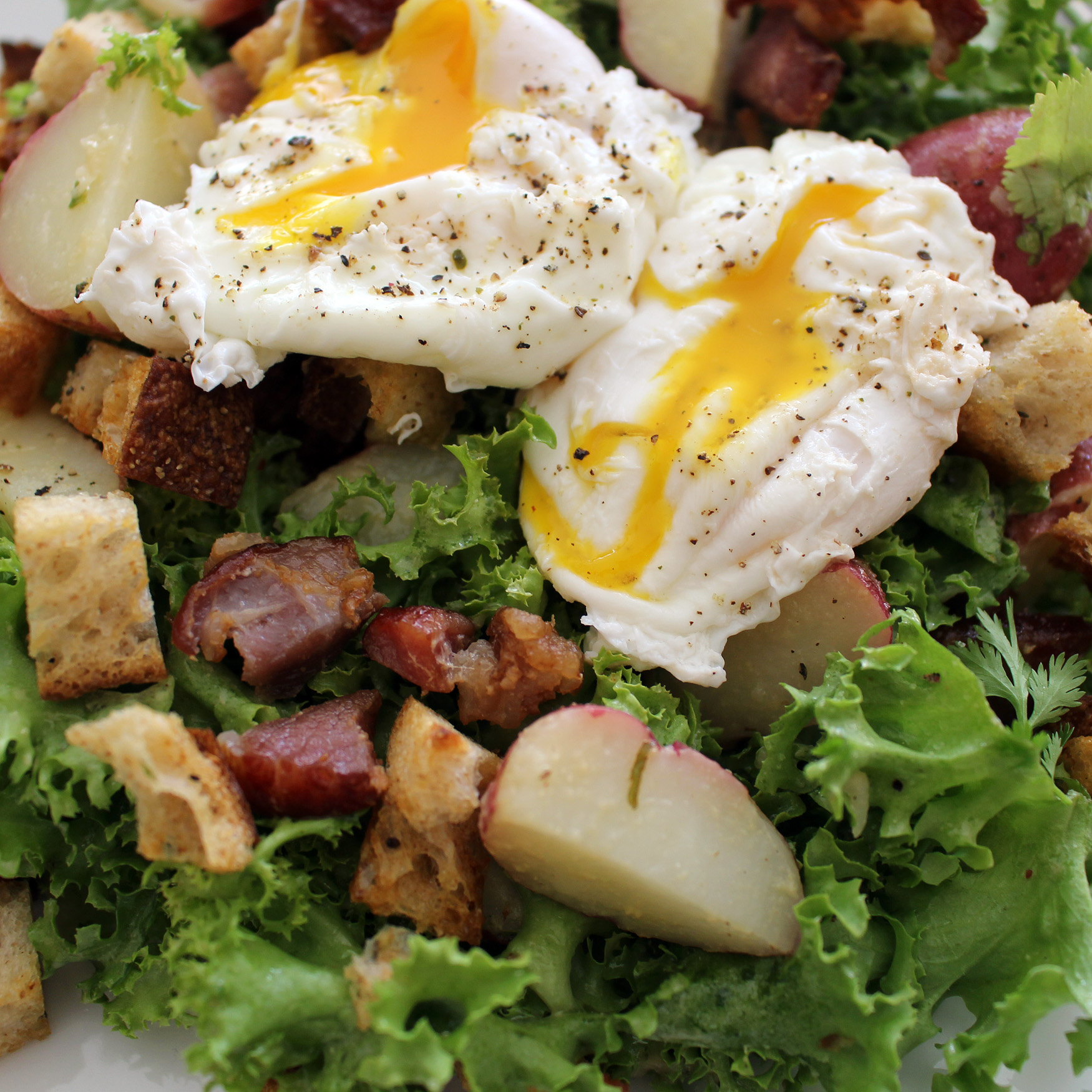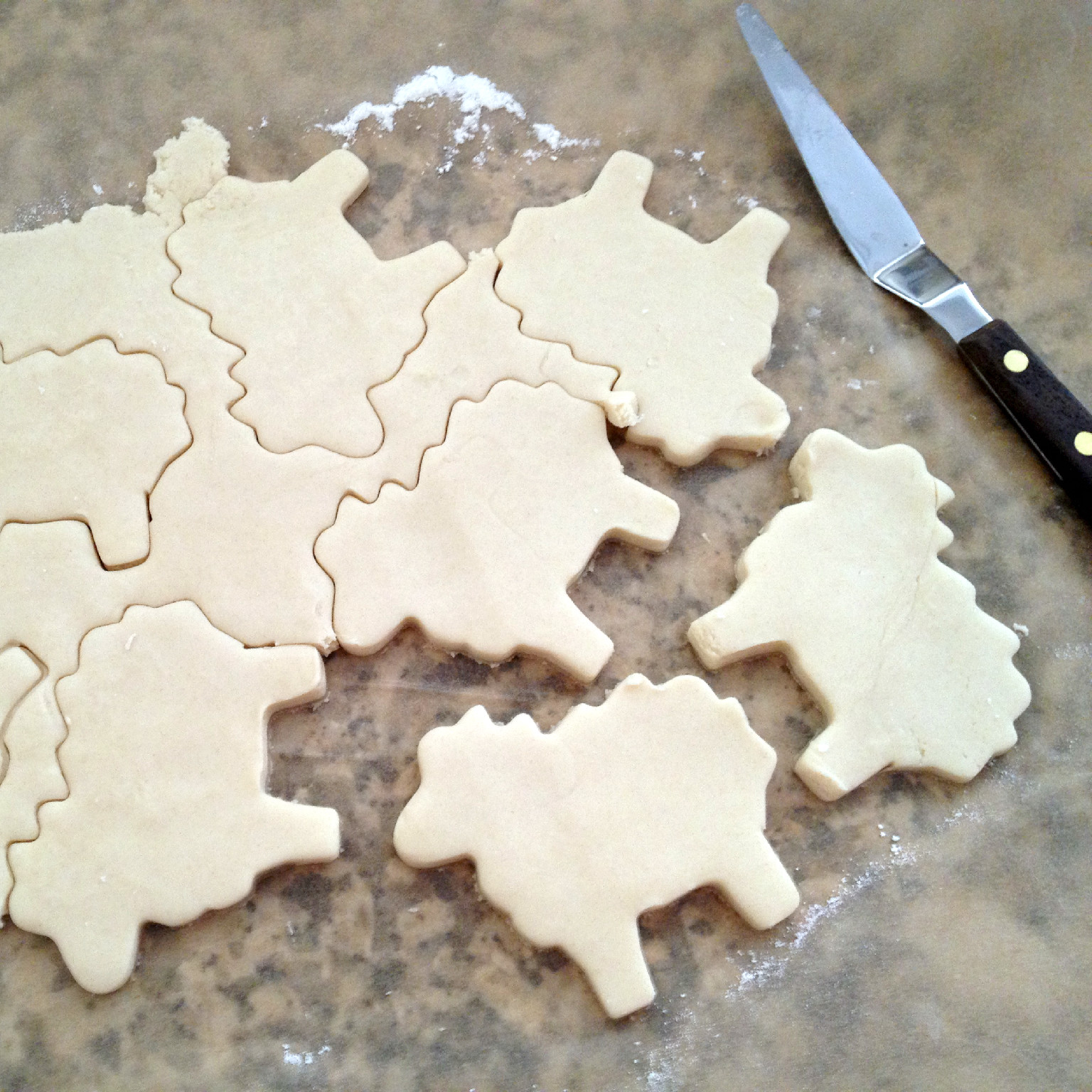« Apricot Jam »
 Sunday, July 31, 2011 at 3:23PM
Sunday, July 31, 2011 at 3:23PM Over the course of a year, I use quite a bit of apricot jam. I love it on toast, and I often use it when I am cooking and baking. In a pinch, the Swiss brand Hero makes a decent jam. But hands down, nothing compares to homemade.
So this weekend, I made a batch of apricot jam using these beautiful apricots that I purchased at the green market.

Jam is basically fruit, which is preserved in a gel matrix formed by sugar, acid and pectin. The amount of pectin, acid, and sugar varies with the type and ripeness of a particular fruit. And if the ratio of these three components is off, the gel matrix will not form.
The pectin and acid content in apricots is low. To compensate for this, lemon juice is added to the fruit and the skin of the fruit, which contains natural pectin, is left on.

Pectin is available commercially in both liquid and powder form. Some cooks opt not to use it, but I perfer this method as it produces a more standardized product. It also cuts down on cooking time (which produces a greater yield of jam) and allows for the use of fully ripe fruit.

One batch of jam makes 7 cups. I used 8 oz Ball jars, which are made out of tempered glass and have a standard 2 piece lid. The jars can be recycled indefinitely (baring no cracks or defects), but the flat seal should never be reused.

Renee Boyer and Julie McKinney, both of whom are professors at Virginia Tech, have written an extensive manuel for the Virginia Cooperative Extension outlining the process of Boiling Water Bath Canning. This process is most commonly used to preserve high acid foods, like jams and jellies. The link for the manual is here.
This video is also very informative and clear (and need I say, not just for dummies!). Just click on the arrow to begin.
The printable recipe is here.










Reader Comments (2)
Hmmm...yummy jam..Is this for sale?
No, just personal use and gifts.
Michelle